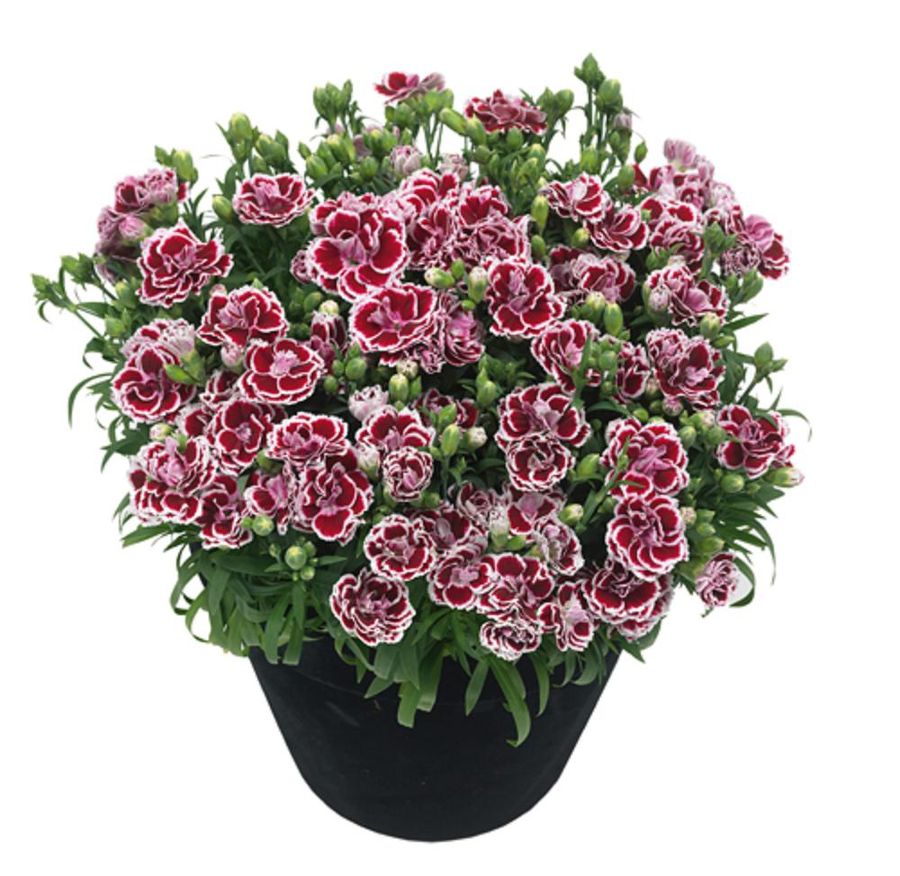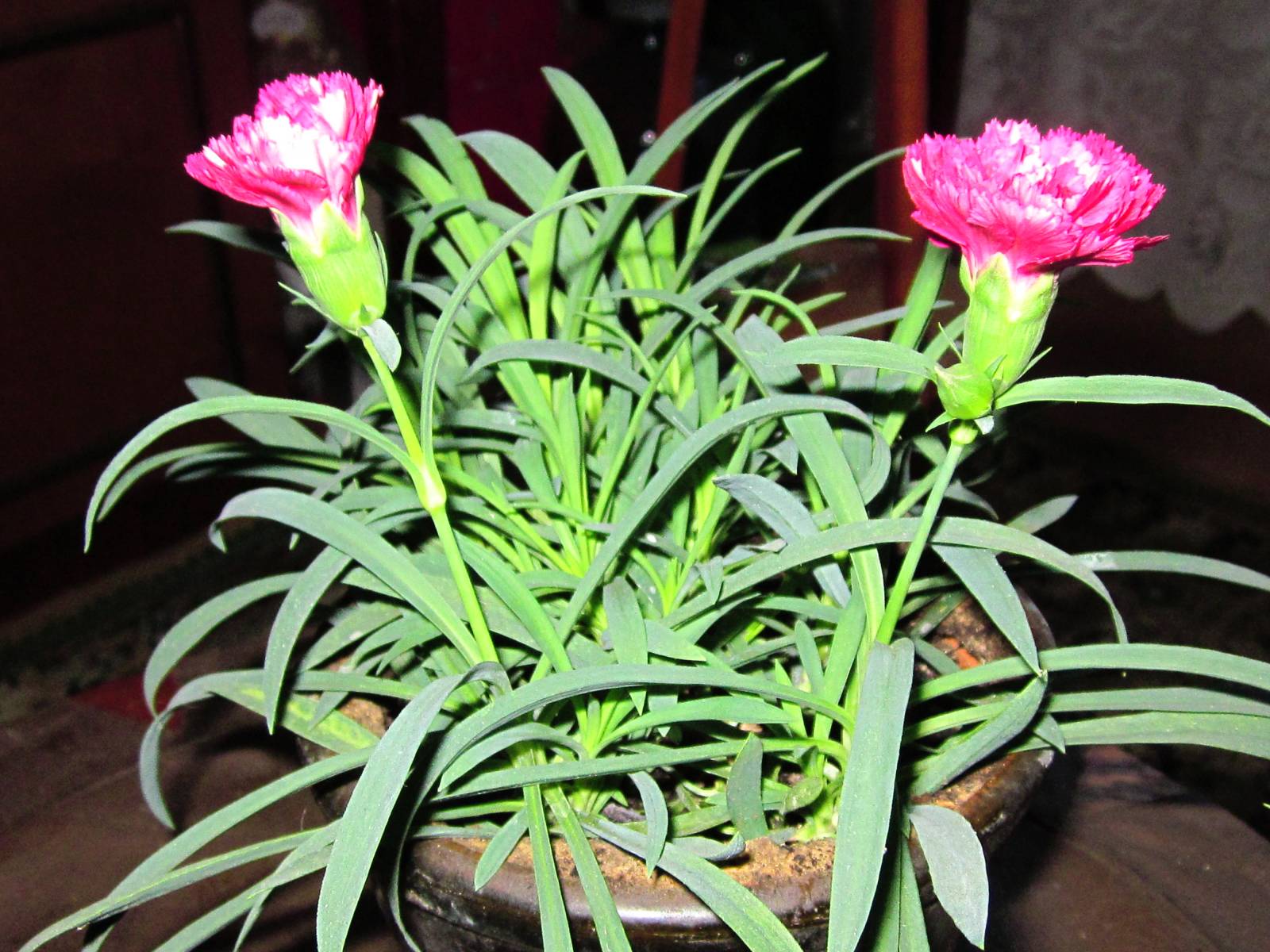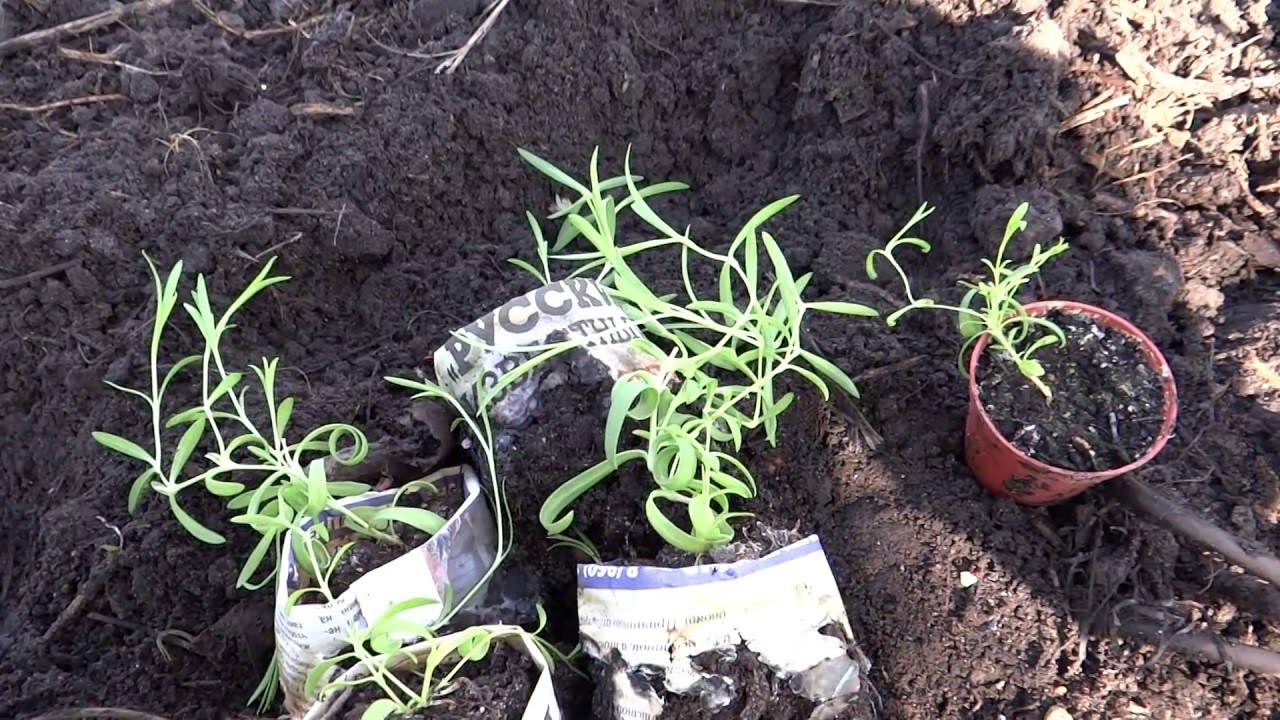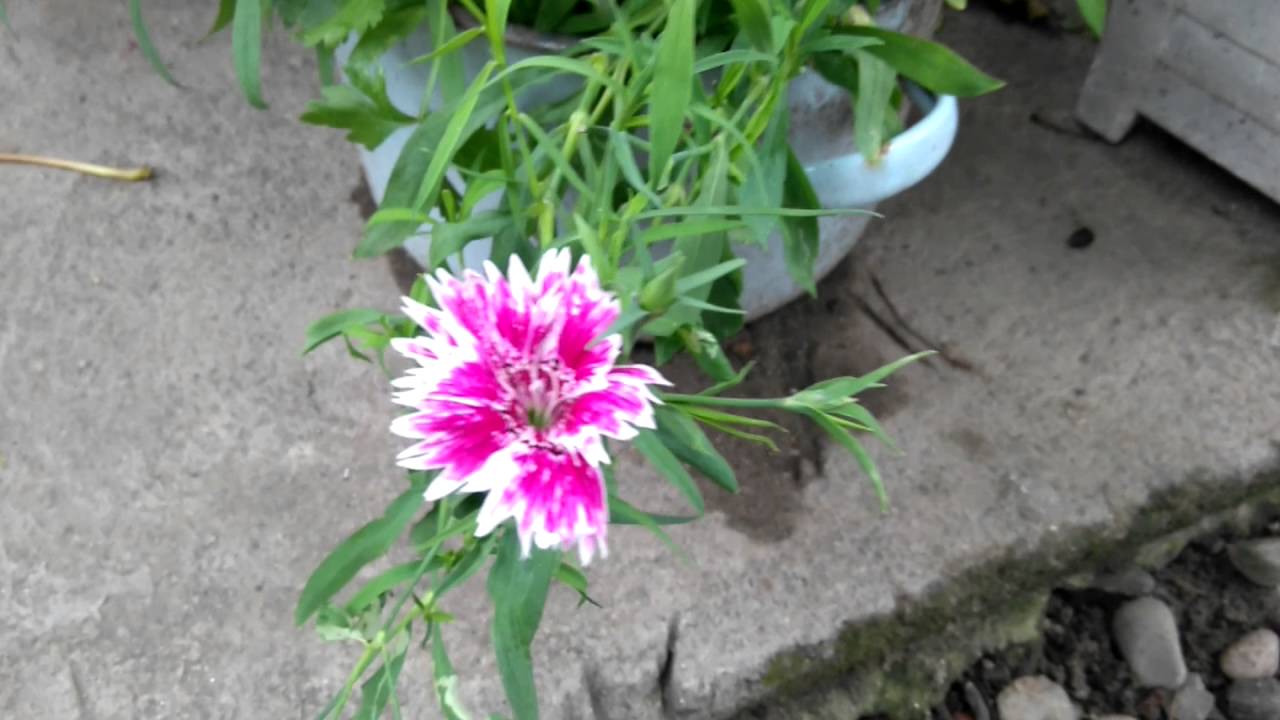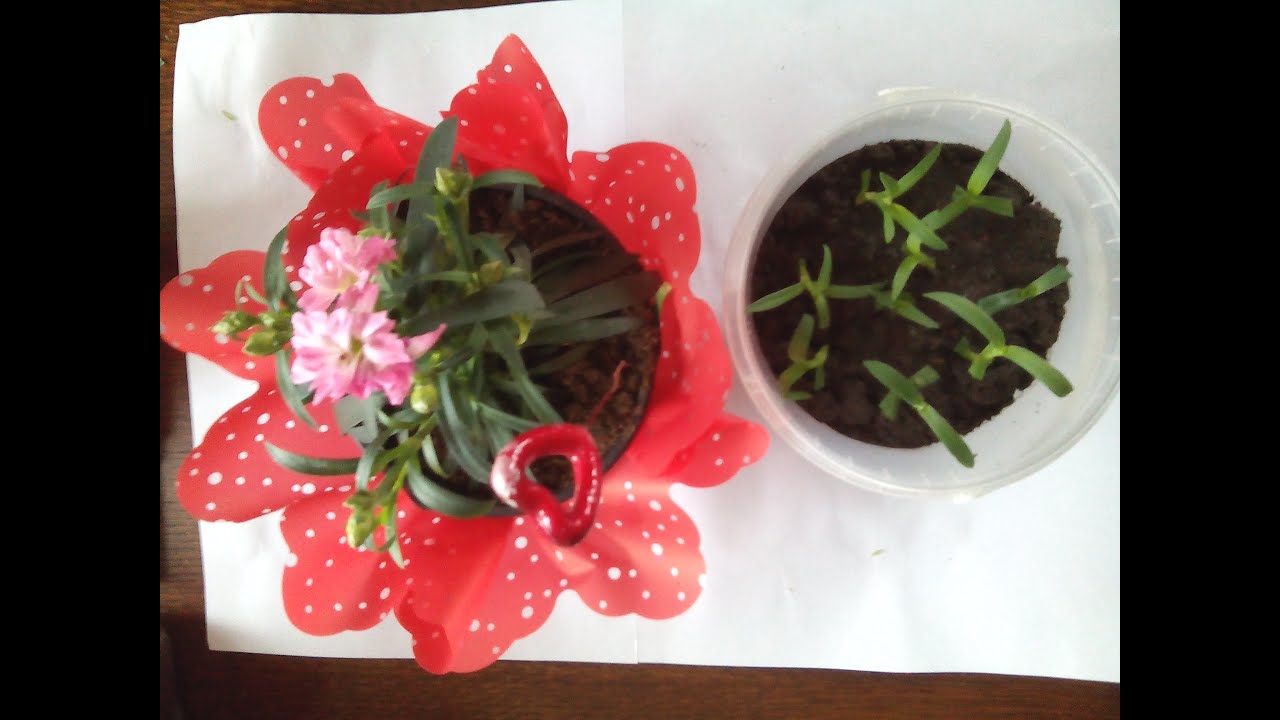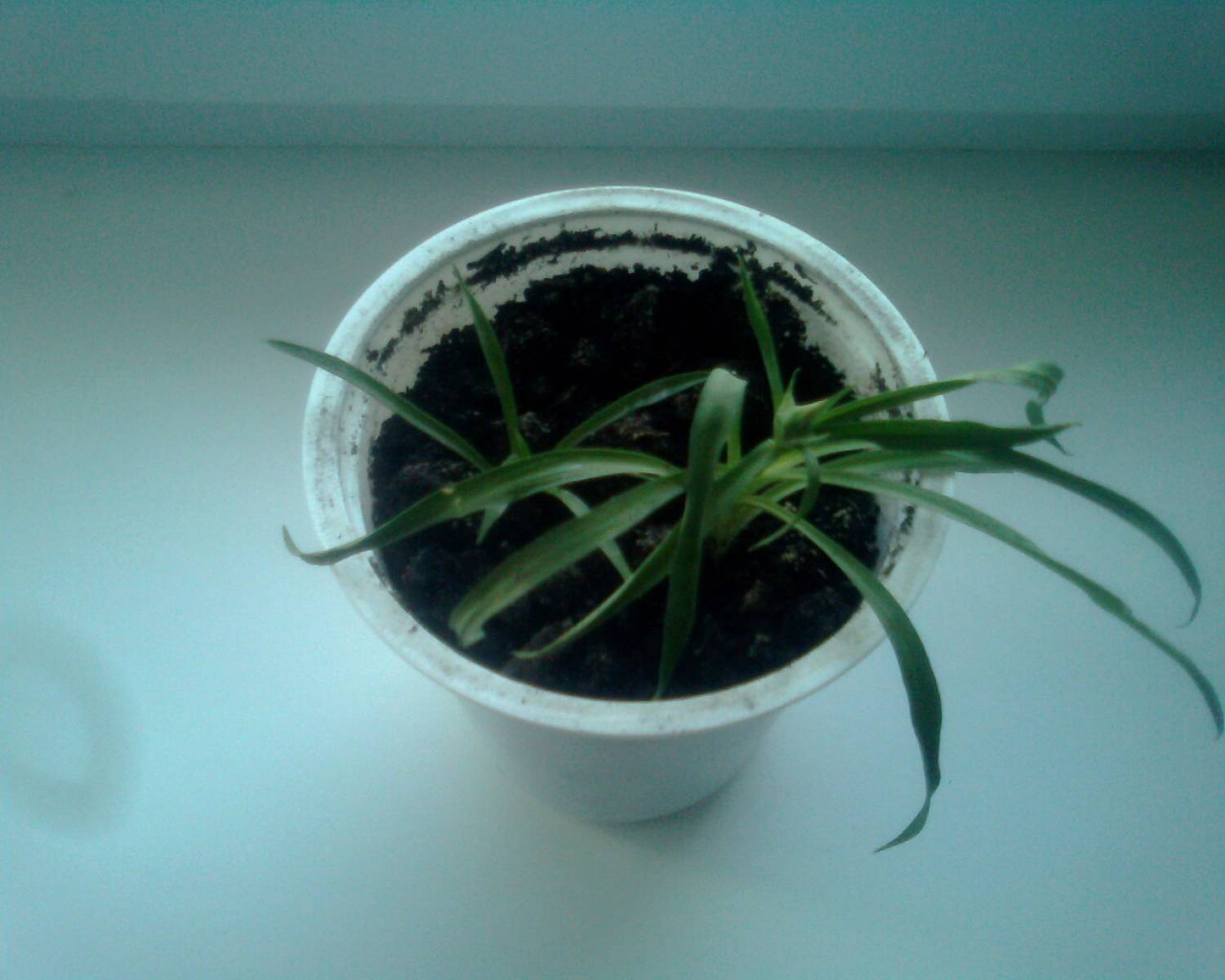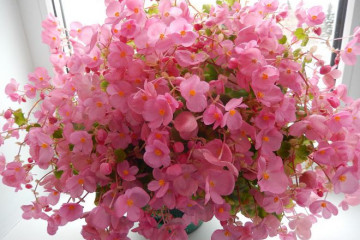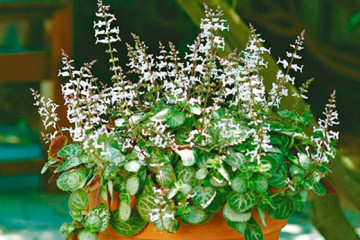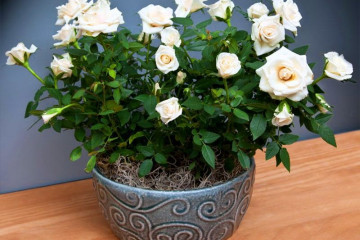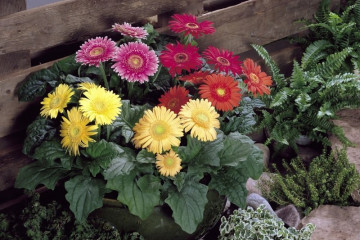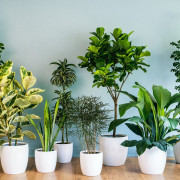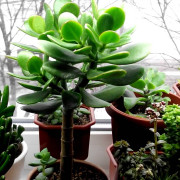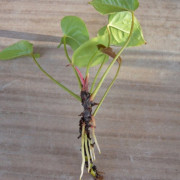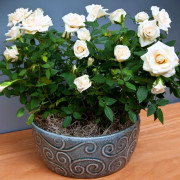Indoor carnation - home care
Content:
Indoor carnation is a perennial plant, but it is mainly cultivated every year. There are about 20 hybrid species. The Indian variety is especially popular, which attracts attention with bright flowers, an interesting structure of the leaf and stem. To contemplate the riot of colors of buds, you need to closely monitor the plant and provide proper care.
Carnation in a pot - home care
The home carnation flower is popular among flower growers, as it does not require special attention. Enough watering and periodic feeding.
Experienced growers give the bush a beautiful shape. There will be no problems with pruning side branches, since they grow back quickly if the soil is rich in micronutrients.
The carnation needs to organize the right temperature, humidity, and lighting. Water and feed the houseplant periodically. Then it will reward with lush and long flowering.
- Temperature
Indoor carnation does not like high temperatures. The ideal mode is 23-25 degrees. If you reduce or noticeably increase the temperature, then there may be a problem with the growth and flowering of the plant. The plant, of course, will not die, it will not wither, but it will not reveal its best properties.
- Lighting
Indoor carnations are very fond of light, so the flowerpot should be installed on the windowsills on the south side. Direct sunlight should not be obstructed by curtains or other pots. To increase the degree of lighting in winter, you need to install a fluorescent lamp.
- Watering
The flower loves intense watering. It is necessary to monitor the dryness of the soil in the pot. As soon as the soil dries up, you need to immediately start watering.
In this case, the soil should not be compressed or waterlogged. In order not to create such an effect, you need to make a drainage layer.
- Spraying
After a hot day - in the evening, it is imperative to spray the cloves with a spray bottle. Moisten the aboveground part, and then wipe it with a rag.
Spraying is not required during the cold season.
- Humidity
In the summer, the humidity near the specimen should be high. This is possible due to daily spraying in the evening, and during the day you need to install a container of water nearby.
It is not necessary to increase the humidity in the cold season.
- Priming
The ideal substrate for carnations is a mixture of peat, turf and leafy soil. The recommended proportion is 1: 2: 1.
First, you need to treat the earth with an antiseptic solution to kill pathogens.
- Top dressing
Lush flowering is possible only under the condition of periodic feeding. Dilute complex mineral fertilizers in water and spray the soil with the solution.
The procedure is performed once every 10 days. Direct fertilization of the soil can be carried out 30 days after transplanting.
Features of care in winter, during the rest period
Winter is a dormant period for indoor carnations. The plant has completely faded by this time, so flowers and dried buds should be removed.
If a particularly light-loving variety is chosen, then you need to periodically turn on the fluorescent lamps for additional lighting. During the dormant period, fertilizing the soil, as well as "bathing" the plant should be stopped. During this period, all processes are slowed down and the plant does not require special attention.
When and how it blooms
Many growers grow such a crop precisely because of its ability to bloom for a long time. Sometimes terms can be reduced due to improper or poor care.
- Types of flowers
Depending on the variety planted, the buds can hang, rise up, and form inflorescences. Distinguish between full and chamomile buds with an open core.
- Flower shapes
The shapes of flowers are very diverse. In most cases, the buds are a terry pom-pom with many petals of different colors and sizes.
- Flowering period
Homemade carnation in a pot will delight with flowering for a long time - the process lasts six months.
The first buds begin to appear already in mid-March, and they fade only with the first frost. It is this property that attracts flower lovers so much.
- Changes in care during flowering
It is necessary to intensively water and fertilize the plant. If the soil is dry or depleted, then flowering will stop - the buds will begin to fade and dry out.
Pruning
If the instance is in a normal state, it is not difficult to trim it.
To make it easier to water and fertilize the soil, you need to organize normal access to the soil. This can happen if the lateral processes are trimmed in time. It is necessary to remove twigs that interfere with normal care. Slices must be treated with an antiseptic.
How indoor carnation multiplies
Several variants of plant propagation are used - it all depends on the variety and type of flower. Basically, seeds are used for breeding - this is the easiest option. If we talk about a perennial variety, then reproduction is possible by dividing the bush, cuttings are also suitable.
Germinating seeds
Below is a basic example of how you can grow an indoor carnation from seeds at home:
- Prepare the substrate and pot.
- Make small grooves 2 mm deep.
- Place the seeds and dig in.
- Moisten the soil with a spray bottle.
If good seeds were bought, then the first shoots will appear on the 14th day.
Transplanting room cloves
Make sure that the neck of the stem is flush with the potting soil. If something changes, then a change of soil and capacity is necessary.
The step-by-step transplant algorithm looks like this:
- Prepare the substrate and pot.
- Place a drainage layer on the bottom of the container.
- Form a layer from soil.
- Moisten the soil with a sprayer.
- Set the sprout.
- Sprinkle with earth.
- Provide minimal watering.
During the rooting period, you should not expose the pot to open sunlight - if the plant does not die, it will most likely wither.
Possible growing problems
Caring for a carnation in a pot at home, although it requires little effort, can still cause problems. The plant may become lethargic or start to turn yellow over time. Many problems arise with buds during flowering and growing seasons.
- Drops buds and leaves
With a lack of nutrients in the soil, buds and leaves can be shed. Lack of watering is also a significant reason for this behavior.
- Leaves turn pale
Home cloves can turn pale, starting from the foliage, if a powdery mildew infection has occurred. The leaves begin to turn white from the underside and can infect healthy neighbors on the windowsill.
- The tips of the leaves dry
The tips on the leaves can dry out if the neck of the stem has opened. The same effect can occur due to sunburn.
- The lower leaves fall
The leaf can fall from the lower tiers if the owner of the flower makes too frequent watering or water gets on the surface of the leaf plates.
Pests
Spider mites often infest home carnations. Less commonly, aphid infestation occurs.
During this period, metamorphoses occur with the bush, which significantly worsen the appearance and can cause the death of the specimen.
It is advisable to move the infected plant away from the rest, then treat it with soapy water.
Other problems
A decorative flower can only die if it is improperly maintained. A problem can arise if you do not treat in case of illness or the presence of a pest.
To decorate your home with original colors, you should choose just such a culture. The plant is not whimsical, blooms for a long time and practically does not get sick. It is easy to propagate a flower; you can use the method of bush division, cuttings or sowing seeds.
